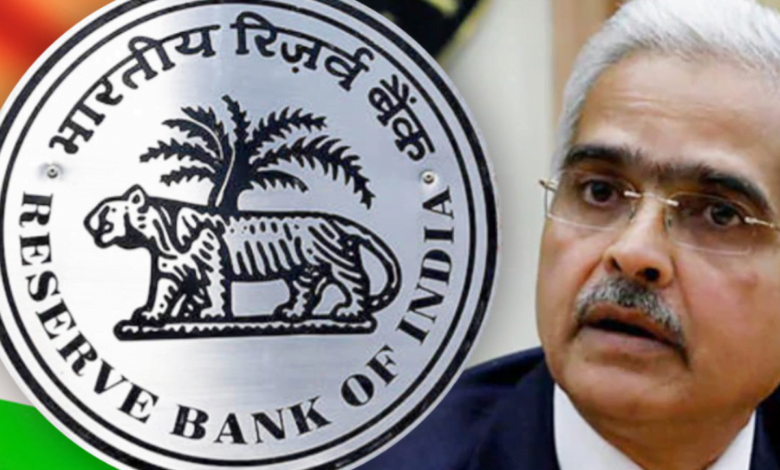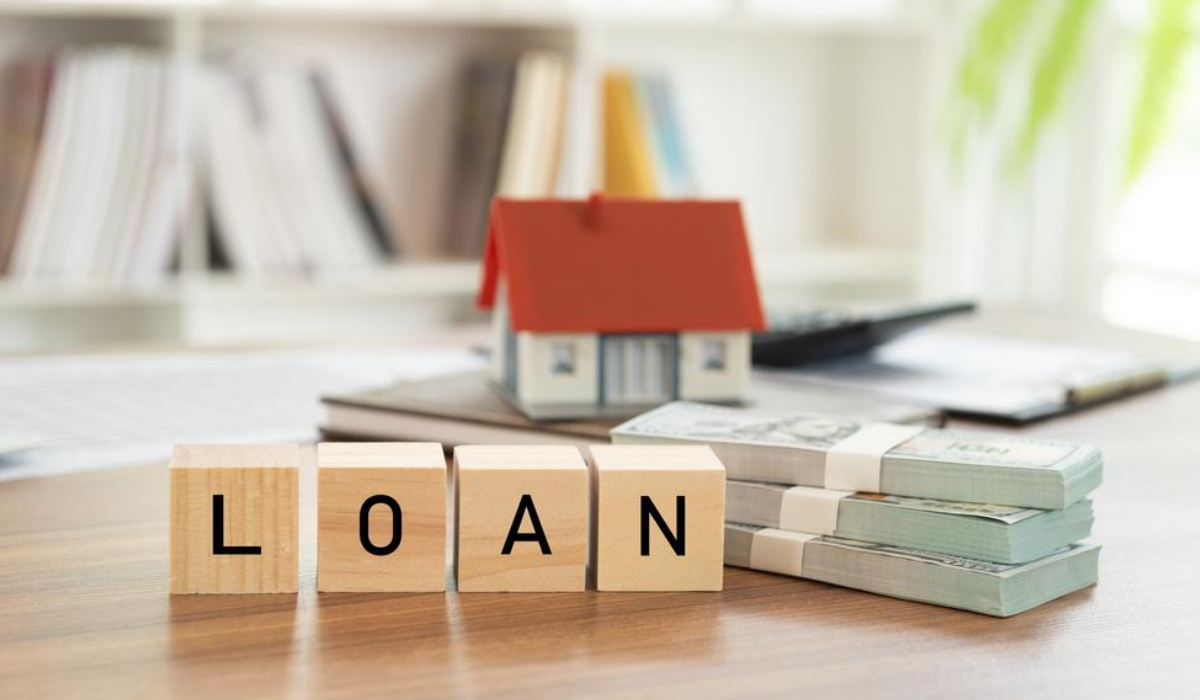RBI CRR reveals the shocking overnight rise in the rates
The revelation by RBI CRR for the increased rise in the rates overnight has shaken the market

RBI (Reserve Bank of India) has been raising the reserve requirement ratio (CRR) as it seeks to raise nightly interest rates by sucking excess liquidity from the market. Bankers and analysts said the overnight rate would be closer to the repo rate with the increase in the CRR and the increase in the repo rate. The CRR was raised from 4% to 4.5%, down to 3% as part of the central bank’s efforts to support the pandemic economy, and then above pre-pandemic levels when it was raised to 3.5%.

Governor Shaktikanta Das said in his statement that the increase in CRR was aimed at ensuring that liquidity conditions were “adjusted in line with policy measures.” “In line with the previous announcement of a multi-year gradual liquidity withdrawal, in line with the accommodation withdrawal stance, raise the reserve requirement ratio (CRR) by 50 basis points to 4.5% net demand has been determined, and Time Liability (NDTL) is valid for two weeks from May 21, 2022. The liquidity withdrawal from this increase in CRR will be on 87,000 chores, “Das said.
Anubis Sahai, Head of South Asian Economic Research at Standard Chartered Bank, said the increase in CRR will bring overnight rates closer to repo rates. “The RBI closely monitors yields but has not announced any major moves to limit the rise in yields. Upward pressure on India’s government bond yields will continue and remain negative for government bonds. I’m expecting it, “Sahay said in a statement. The average excess liquidity of the banking system reflected in the total absorption by the
SDF and the Floating Rate Reverse Repo Auction (VRRR) was 829 and 8.29 million rupees in April 2022.
It said raising the CRR would correct overnight interest rates. “Weighted Average Overnight Market Interest Rates (WACR)-Monetary Policy Operational Targets-Due to Large Liquidity Loosening in the Form of Daily Surplus Stagnation Under the Self-Defense Forces (April 2022 Average 20,000 Rupees) Has fallen below the Self-Defense Forces rate. “
RBI Monetary Policy, Central Bank Shock Due to Unplanned Repo, CRR Raise
Economists say the double increase affects the amount and cost of excess liquidity. Banks are expected to gradually raise lending and deposit rates following a 40 basis increase in the monetary policy repo rate. Rajkiran Rai G, MD and CEO of Union Bank of India, said the overall long-term signs are very clear, and interest rates on deposits and loans will rise gradually. He emphasized that the banking system is still sufficiently liquid, and credit demand has not yet recovered.

The Reserve Bank of India (RBI) announced on Wednesday that it would raise the reserve requirement ratio (CRR) by 50 bps to 4.5% and remove 87,000 crores of liquidity from the system in May 21st. This decision was announced by RBI President Shacantadas following an off-cycle rate-setting panel meeting. CRR For those who do not know the reserve requirement ratio (CRR), CRR is the percentage of total bank deposits that must be held as liquid cash required by the RBI.
The stock market plunged in late Wednesday afternoon trading, and Sensex plunged 1,060.64 points after the Reserve Bank raised benchmark rates to curb inflation. The BSE benchmark fell to 55,915 and NSE Nifty also fell 1.86% to 16,751. India’s benchmark 10-year bond yield has risen to 7.41-RBI has raised interest rates. Governor
RBI rate hike shocker, higher mortgage and car loan prices
Mortgage, personal, and car loan borrowers experienced a sudden interest rate shock on Wednesday after the Reserve Bank of India announced an unreasonable increase in repo rates. Bankers, spoken by ET, are preparing to pass on this increase to borrowers, and nearly three years have begun a cycle of rising borrowing costs.

“With today’s rise in repo rate, loans related to repo rate are being revalued. Regarding Kotak, our book is the largest repo rate benchmark after MCLR, so we need to check the RBI pass rate. Yes, the rise is fair and rational, “said Uday Kotak, MD, PhD, Kotak Mahindra Bank. “In the last few months, MCLR has already risen 510 basis points. When the RBI rate is priced at the deposit rate, the price of MCLR-based loans will change.”
Interest rates are historical as of now. It is low, with mortgages starting at 6.5%, car loans starting at 7%, and personal loans starting at 9%. Bankers say interest rates could rise by as much as 200 basis points if inflation continues to break through the comfort range of regulators.
On condition of anonymity, one banker said, “We believe the repo rate could settle to just over 6%, in which case we would see an increase of 200 basis points in the next 1214 months.” Stated. “We need to pay attention to interest-rate-sensitive sectors to minimize loan defaults if interest rates rise imbalanced.”
Banks have already raised interest rates for borrowers in anticipation of an imminent rate hike. SBI, (State Bank of India) 0ne of the largest lenders, recently raised its marginal cost interest rate by 10 basis points. Basis points are equivalent to one-hundredth per cent points.
Bank of Baroda increased MCLR by 5 basis points overall maturities, while Kotak Mahindra Bank increased MCLR by 5 basis points over all maturities. Barclays’ chief economist in India, Rafuru Basilio, said banks and non-banks also raised lending rates by 15 basis points last month as liquidity tightened, deposit costs rose and are expected to rise further.
“We expect the RBI to offer a rate hike of at least 50 basis points at its June meeting. By August, the RBI will raise interest rates to 5.15% and the need for further hikes beyond that. We expect to reassess the dynamics of the macroeconomy to assess. “




